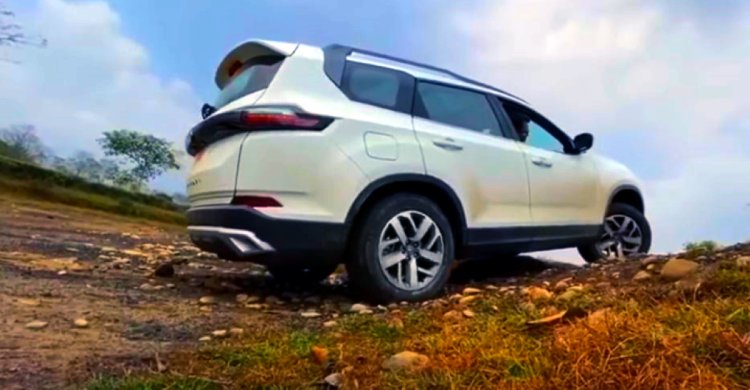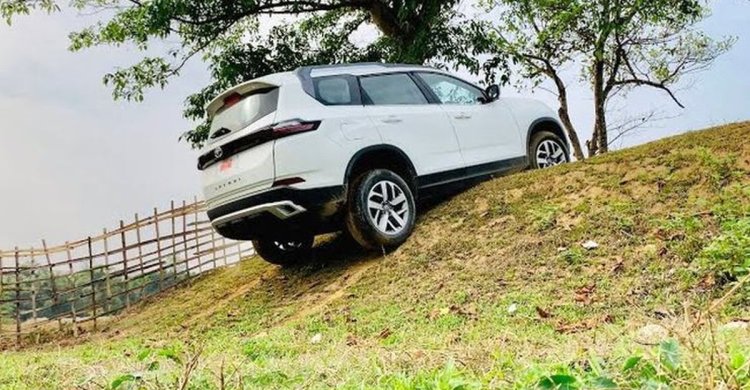When Tata Motors revived the Safari nameplate with the three-row version of the Harrier earlier this year, there was a lot of debate if this new SUV deserved the 'Safari' name. That's because unlike the original Safari, which was a true 4x4, the new Safari is only a FWD SUV. In fact, original Safari fanboys thought it was blasphemous to call this new SUV as the Safari. To save some grace, the new Safari gets some design elements that hark back to the original. That said, the 'Safari' nameplate was the best marketing tool Tata Motors could employ to make their new flagship SUV a success in the market. The nostalgia factor was simply too much.
The new Tata Safari is based on a Land Rover Discovery-derived D8 platform and is actually capable of supporting a four-wheel drive system. However, customers barely pay the premium for a 4x4 system and such SUVs mostly end up being bought in 2WD configuration. Hence, it made perfect sense for Tata Motors to make the new Safari a FWD SUV right from the onset. That said, is it really worthy to bear that nameplate? Well, if you are a Safari purist, then perhaps not. The new-gen FWD Safari can never compensate for the lack of a proper 4x4 system from the original Safari, at least when it comes to off-road capabilities.
Here's a video of the new Tata Safari being driven off-road. This video has been uploaded by Sunil Kulhari on his Youtube channel. In this video, you can see the new Tata Safari being tested in different off-road conditions - steep climbs, muddy and slushy surfaces, gravel surfaces and much more - and its not quite smooth sailing for the SUV. In fact, the Safari can be seen struggling in most of the scenarios, simply due to the lack of a 4x4 system. After repeated attempts, the SUV can be seen overcoming most obstacles but we can image this must have been plain sailing in the original Safari 4x4.

Also Read : Tata Safari Adventure Persona Third Row Review by Owner
The new Safari has a pretty good ground clearance, which has been really handy in most of the off-road obstacles here in this video. But what really saves the grace for the new Safari is its clever traction control system, particularly on the steep inclines and the muddy and slushy bits. In fact, in dry conditions, the Safari overcomes most of the steep climbs without much fuss. The Safari comes with three ESP-based Terrain Response Modes - Normal, Rough and Wet - and given how hard the SUV had to work to overcome certain obstacles in this video, we are sure the traction control system was working full time to keep the SUV going.

There are several elements about the new Safari that do not make it an ideal off-roader. For instance, it is quite a large and heavy SUV, weighing over 1.8 tonnes. Without a four-wheel drive system, the Safari can easily find itself stuck in tricky off-road conditions. With power only being sent to the front wheels, it can be tricky to retrieve the SUV as well. Moreover, owing to its long wheelbase, the chances of getting beached are also higher. Once the front wheels have lost traction, there's not much the SUV can really do. Its weight and size will further pull it down.
It is thus not a very good idea to subject the Safari to tricky off-road obstacles. You can go on mild trails like gravel but it won’t be able to handle slush, mud, sands or rocks. That said, we love the Safari for its excellent ride and handling balance and with a potent diesel engine under its hood, the Safari is best kept on the tarmac until Tata Motors introduces a proper 4x4 system on the new-gen SUV, which we truly wish for now.
https://www.youtube.com/watch?v=pkvoFcJzEco&t=814s




























